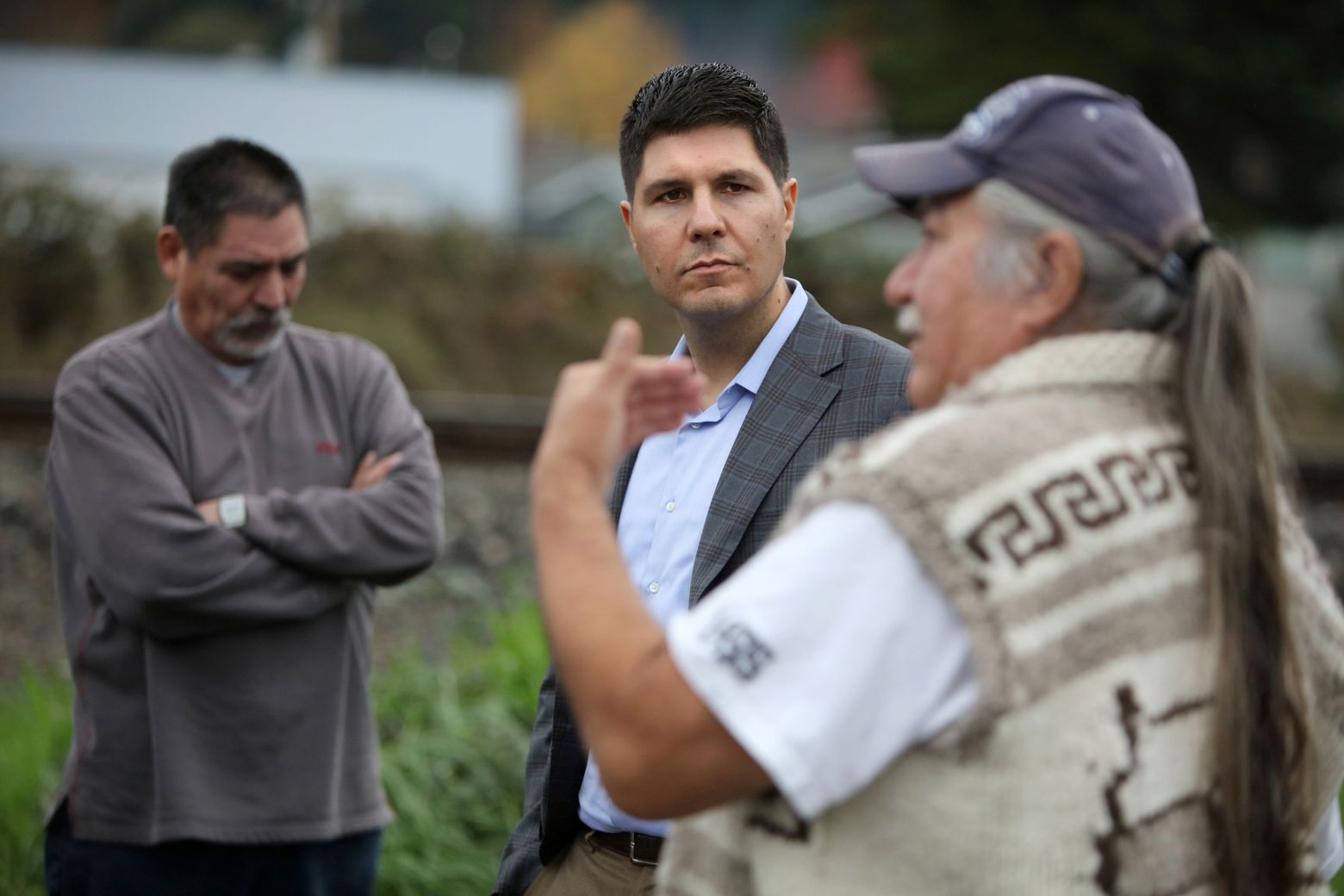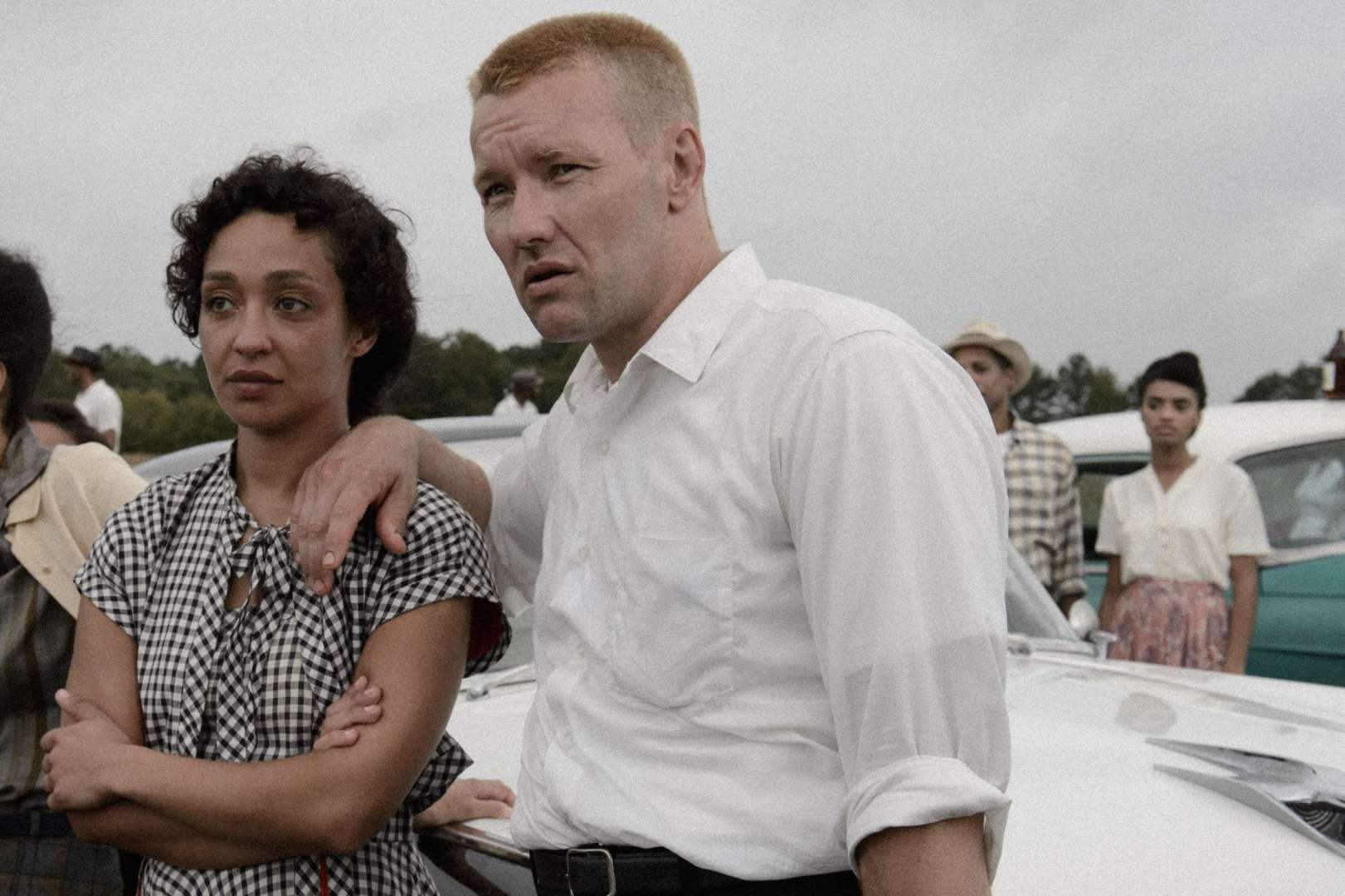The Tax Sleuth Who Took Down a Drug LordPosted in Articles, Asian Diaspora, Law, Media Archive, United States on 2015-12-28 03:16Z by Steven |
The Tax Sleuth Who Took Down a Drug Lord
The New York Times
2015-12-25
Nathaniel Popper, Wall Street Reporter
 Gary Alford, a special agent with the I.R.S., pored over old blog posts and chat room logs that led, eventually, to Dread Pirate Roberts. Cole Wilson for The New York Times |
Gary L. Alford was running on adrenaline when he arrived for work on a Monday in June 2013, at the Drug Enforcement Administration office in the Chelsea neighborhood of Manhattan. A tax investigator, he had spent much of the weekend in the living room of his New Jersey townhouse, scrolling through arcane chat rooms and old blog posts, reading on well after his fiancée had gone to sleep.
The work had given Mr. Alford what he believed was the answer to a mystery that had confounded investigators for nearly two years: the identity of the mastermind behind the online drug bazaar known as Silk Road — a criminal known only by his screen name, Dread Pirate Roberts.
When Mr. Alford showed up for work that Monday, he had a real name and a location. He assumed the news would be greeted with excitement. Instead, he says, he got the brushoff.
He recalls asking the prosecutor on the case, out of frustration, “What about what I said is not compelling?”
Mr. Alford, a young special agent with the Internal Revenue Service assigned to work with the D.E.A., isn’t the first person to feel unappreciated at the office. In his case, though, the information he had was crucial to solving one of the most vexing criminal cases of the last few years. While Silk Road by mid-2013 had grown into a juggernaut, selling $300,000 in heroin and other illegal goods each day, federal agents hadn’t been able to figure out the most basic detail: the identity of the person running the site…
…But Mr. Alford also detected the sort of organizational frictions that have hindered communication between law enforcement agencies in the past. Within the I.R.S., Mr. Alford had heard tales of his agency being ignored and overshadowed by more prominent organizations like the F.B.I. The story that resonated with Mr. Alford most strongly was that of the tax agent Frank J. Wilson, who brought down the gangster Al Capone, but who was forgotten in the movie versions of the investigation, which tended to focus on Eliot Ness, the flashier Bureau of Prohibition agent.
“They don’t write movies about Frank Wilson building the tax case,” Mr. Alford said in an interview at the I.R.S.’s Manhattan headquarters. “That’s just how it is.”
Mr. Alford grew up in the Marlboro public housing projects of Brooklyn in the 1980s, a short, half-black, half-Filipino kid in a tough neighborhood. His father, a math teacher, would cite the power of the subject to teach his son how to prevail over difficulties. “If you get the right answer, the teacher can’t tell you anything,” Mr. Alford remembers his father saying. That attitude led Mr. Alford to study accounting at Baruch College and then to the I.R.S., where his skeptical, lone-wolf approach worked well…
Read the entire article here.


